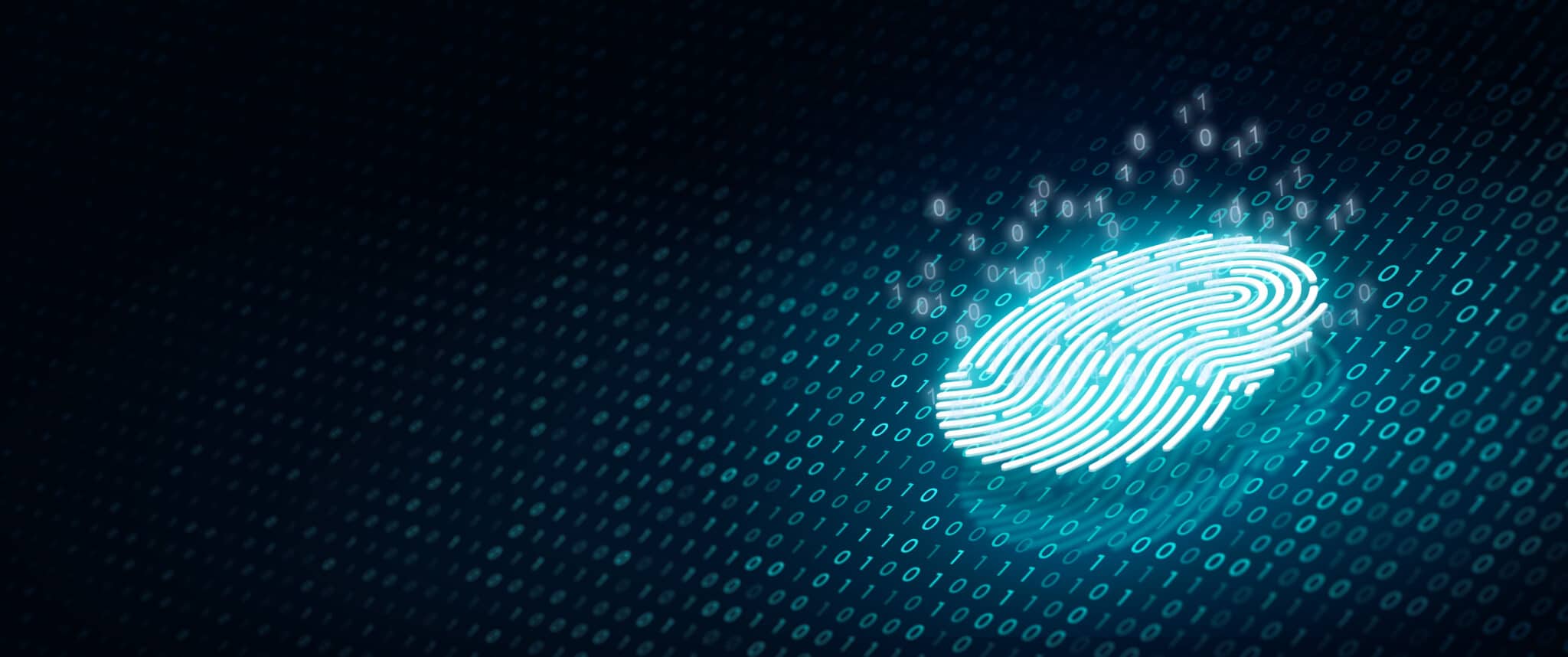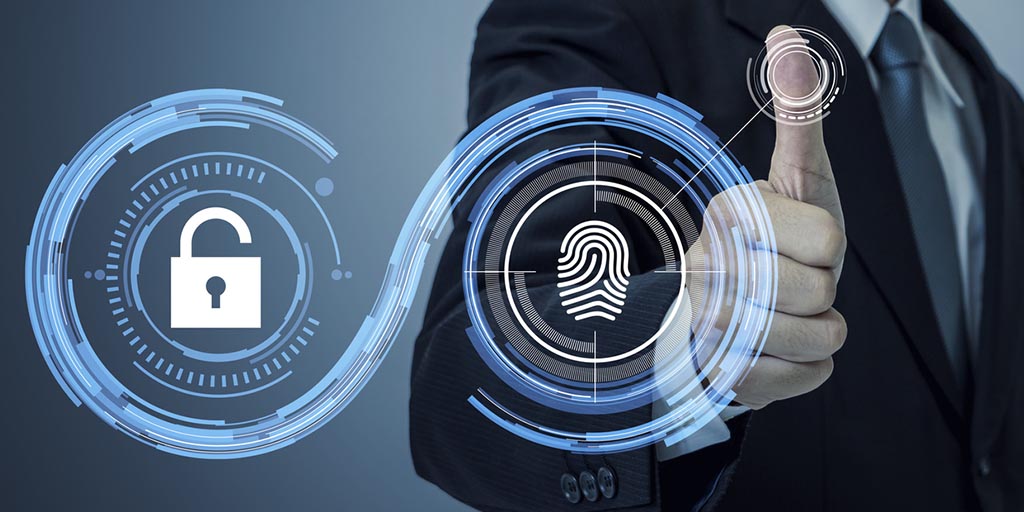


There is more organizational and governmental pressure on business executives and IT teams to safeguard access to company resources. As a result, they can no longer allocate and track user credentials using manual and prone to mistake methods. These processes are automated by IAM, which also makes it possible to audit and regulate granular access to all company assets both on-site and in the cloud


In order to comply with strict IAM compliance regulations and strengthen your cloud security posture, you’ll need to discover, prioritize, and continually monitor for frequent and hidden identity and access management misconfigurations throughout your public cloud estate
MatosSphere's cloud access management platform offers a visual dashboard for understanding how identities interact with the resources that they control. MatosSphere alerts organizations to overly permissive access policies, and prioritizes such risk according to potential business impact
MatosSphere monitors all security-related entities in your cloud environment, including identities, roles and policies
MatosSphere helps teams know when to be concerned about gaps in their application security


MatosSphere conducts a complete audit of your cloud infrastructure and detects vulnerabilities that an attacker can exploit
MatosSphere automatically searches a machine's file system for private keys (including ones used to create digital signatures) and creates hashes of the keys it finds
MatosSphere can reveal the paths to insecurely stored keys, the types of workloads that can be accessed with exposed keys, and information about user accounts and permissions
MatosSphere uses a variety of methods to identify poor password hygiene, including looking for passwords that are commonly used. complex passwords that have been reused across multiple websites/applications and services, as well as highly secure ones which may be leaked
MatosSphere ensures that your organization's password policy is up to date with the latest industry guidelines. These include requiring multi-factor authentication, enforcing longer and more complex passwords, limiting reuse of old passwords—among many other best practices

